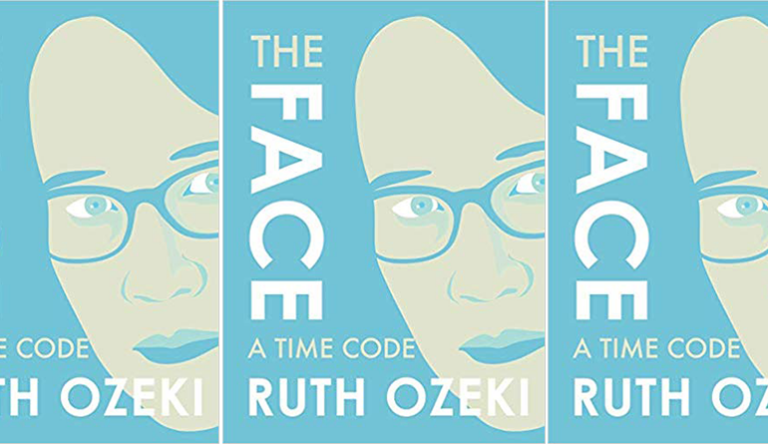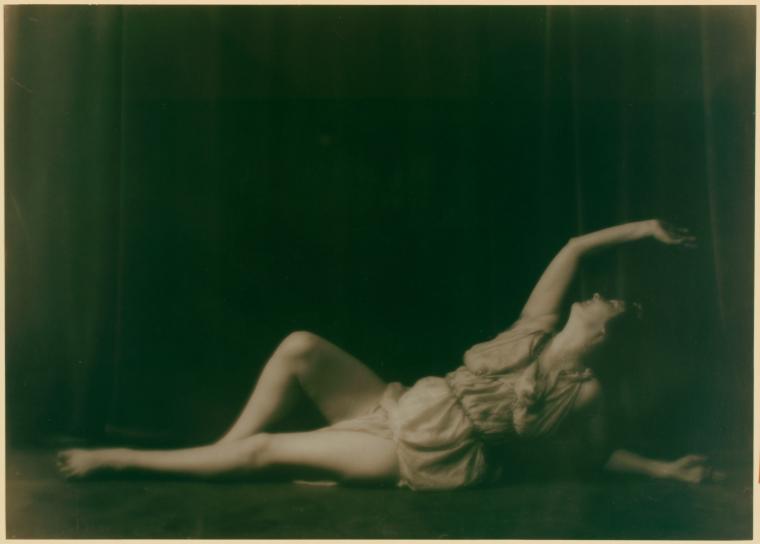Courage and Craft in Wanting: Women Writing About Desire

“I could never publish a nonfiction essay on that. My family/children/partner/parent might read it!” is what co-editors Margot Kahn and Kelly McMasters repeatedly heard during brainstorming sessions for Wanting: Women Writing About Desire. In the introduction to the anthology, out today, the co-editors acknowledge the vulnerability, difficulty, and even danger involved in voicing desire. “Ultimately, there is nothing more personal than one’s desire,” they write, “except sharing it.” The book’s thirty-three contributors risk sharing their experiences with desire in personal essays that explore what it is to hunger, to lust, to crave, to fantasize, to long for, to want.
Some of the contributors write about objects of desire. A wished-for pair of cowboy boots leads Rena Priest to consider the costs of buying a home built on land settlers stole from her ancestors and to declare her desire for Land Back. An SUV with tan seats and a sunroof prompts Jennifer De Leon to recount growing up in a working-class immigrant household and her gratitude for the vehicle that carried her into adulthood and the realization of her desires. The purchase of a dildo invites Amy Gall’s reflections on the fluidity of gender and the desire to give and receive pleasure. A set of encyclopedias coveted in childhood opens Jane Wong’s entry on wanting to steal and wanting to be wanted. Houseplants teach graphic memoirist Teresa Wong about the desire to live. Held within the gaze of these essayists, these objects become touchstones that are transformed by desire.
Some write of their desire for lovers past and present. Sonora Jha recalls a girlhood of striving toward goodness and what she learns when she reconnects with a first crush. Historian Keyanah B. Nurse takes an archivist’s approach and traces how sex as a Black polyamorous woman has “turned [her] body into a way of asking questions about history.” Molly McCully Brown writes of disability and negotiating the pleasure and pain of desire in her search for a partner. And, in “There is a Name for This,” Joanna Rakoff reunites with the love of her life and chooses to leave her marriage to be with him.
Others write of hunger. Michelle Wildgren tells how her appetite for travel and culinary experiences has shifted over the years. Torrey Peters describes the last meal she ate with her wife as their marriage was ending: fried tilapia caught fresh from the shore of Lake Victoria and served with lime and piri-piri sauce. And still others write of their dreams—for themselves, for their children, and for humanity. Elisa Albert surrenders to her unmet desire for a second child. Aracelis Girmay longs for her children to have a space for dreaming in a country structured by white supremacy. Domenica Ruta names the feeling of control she discovered by having an abortion and dreams of a country where choice is a right and a power.
What holds these wide-ranging essays together, say the editors, is the relationship between “wanting and the body, wanting and the brain, wanting and the heart.” In other words, the relationship between desire and selfhood. In “Leaving the Palace,” Ann Tashi Slater revisits the myriad ways her adolescent desires were met with disapproval and considers her evolving understanding of the Buddha’s teaching that desire causes suffering. She attends a showing of Nora: A Doll’s House—Scottish writer Stef Smith’s adaptation of the Ibsen play—and witnesses as three women who have lost themselves to marriage and motherhood reclaim their selfhood onstage. They chant in unison, “My heart beats for me, my heart beats for me.” In this rallying cry, Slater hears the “desire that’s always roared in [her] heart” and afterward reflects on the difference between the compulsive striving the Buddha cautioned against and the drive for selfhood. She writes, “If we stifle our desire for selfhood, the urge may, in time, disappear. Then we, too, may vanish, spiraling into the schism between how we are and the self we present to the world.” Slater’s essay underscores what’s at stake when women write about desire: self-determination and the realization of their full humanity.
If the desire for selfhood is the beating heart of this collection of personal essays, the anthology also pulses with the relationship between wanting and writing, demonstrating how desire propels the urge to create. Trappist monk Thomas Merton’s struggle to vanquish desire—the pull between wanting and not wanting—is at the heart of “How I Got Over,” an enumerated essay by Amanda Petrusich. Petrusich tells how Merton’s creative and sexual impulses complicate his monastic vocation, and in the process reflects on her own desire to drop out of society and to write: “I recognized a similar impulse in Merton’s journals…an urgent need to chronicle, to exorcise, to transmute the chaos and ambiguity and boredom of life into clean, ordered sentences. To harness and then to make sense of the dizzying whims of the human heart. To turn desire—which is so inherently nonsensical—into a logical process, a wish and its fulfillment. And then to be done with it entirely.” Susan Shapiro compares her desire to write to addiction. When asked by her therapist what she most wants, she says, “I want to publish my book.” She becomes sober, in part, so that she can chase the thrill of writing and publishing. In “Song of Songs,” Melissa Febos investigates the musicality of her own vocalizations during sex and finds it difficult to listen to the recordings she makes. A friend comments, “It’s odd that you can write so explicitly about sex, your sex, but can’t listen to it.”
In her book A Braided Heart: Essays on Writing and Form (2021), essayist Brenda Miller describes the experience of giving a reading and becoming self-conscious that her words are revealing to the audience intimate, personal details about her life, perhaps even more than she’d intended to say. In “A Case Against Courage in Creative Nonfiction,” she asks if the act of writing a personal essay requires bravery and courage. Reflecting on years of teaching and editing creative nonfiction, Miller writes, “Honesty, authenticity, bravery: all these qualities emerge under cover of form, voice, metaphor, syntax.” She argues that the courage to break silences, the courage to risk revelation on the page, emerges in part through a passionate, sometimes playful, engagement with writing craft.
The thirty-three contributors to Wanting risk sharing their desires on the page in empowering personal essays that demonstrate astonishing courage, but also craft, making it an anthology that reveals the relationship between wanting and body, mind, and heart, yes, but also between wanting and voice. “Our desires,” write the editors“—and speaking them aloud—make us powerful.”


